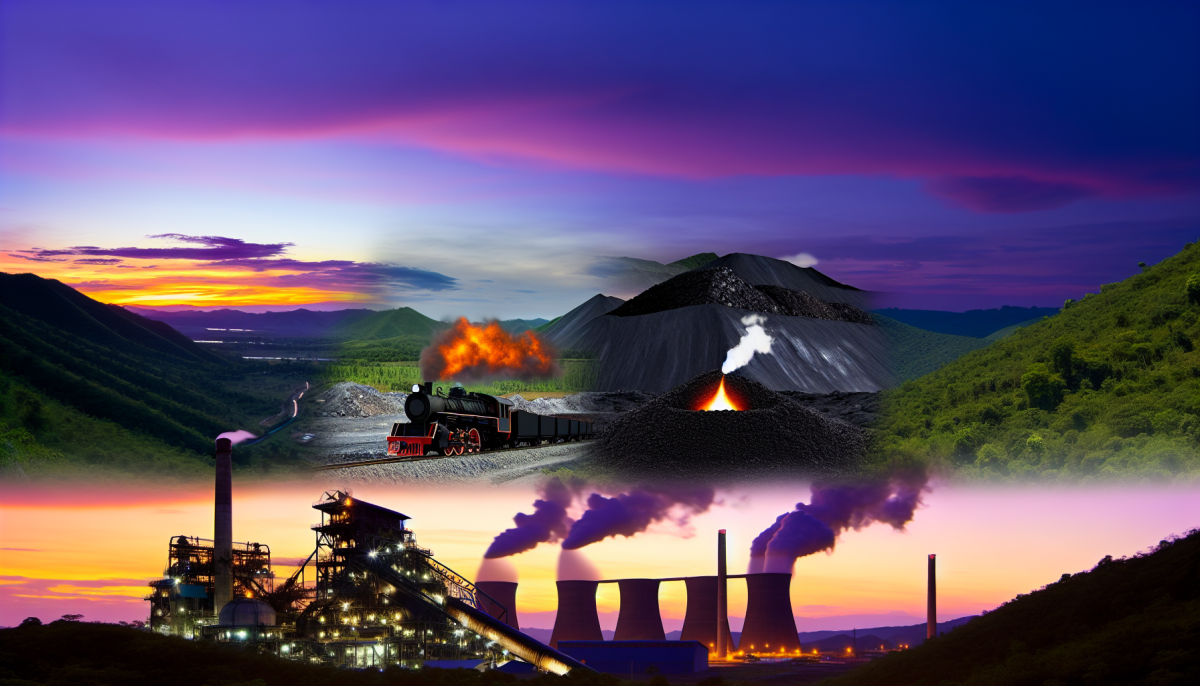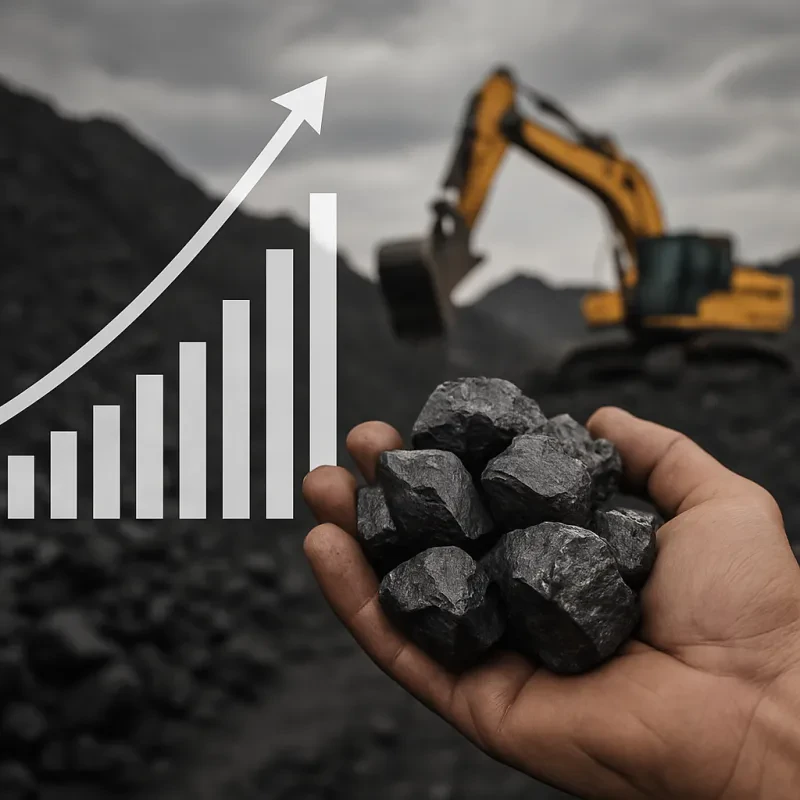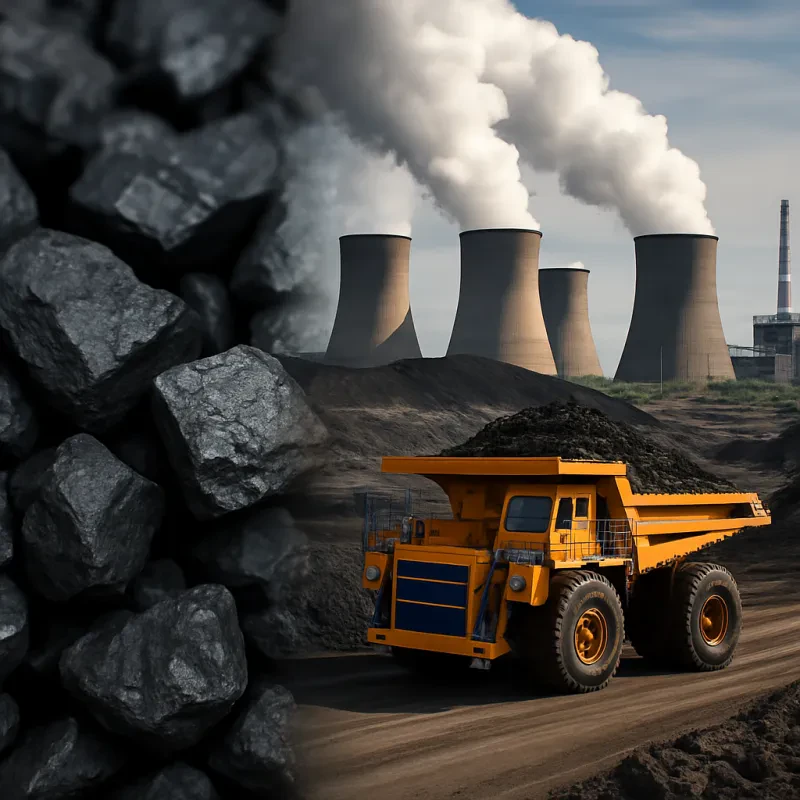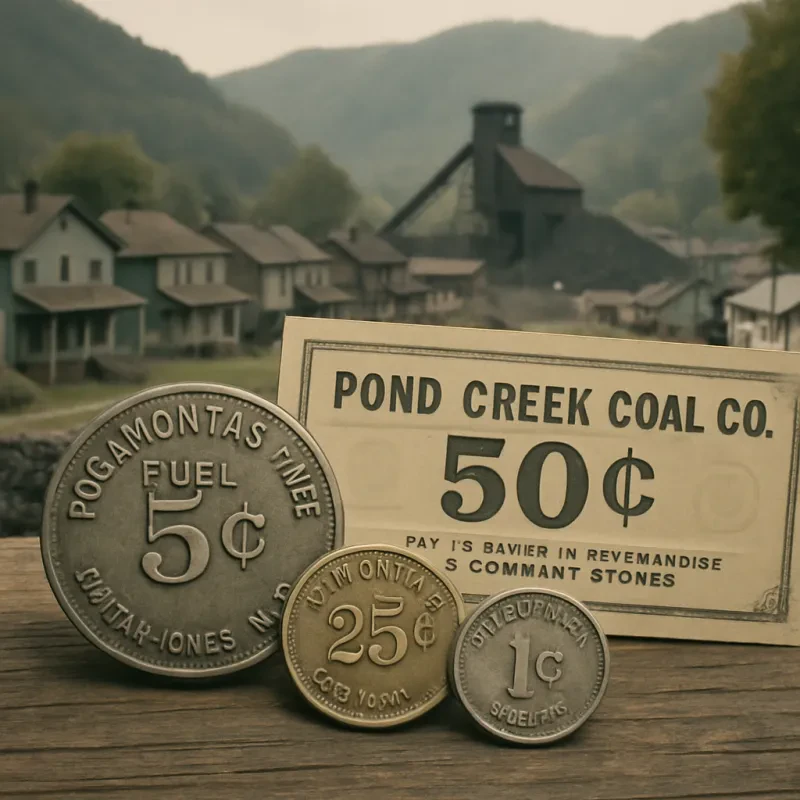Coal is a black or brownish sedimentary rock that forms from ancient plant material. Over millions of years, heat and pressure transform these remains into coal. It's primarily made up of carbon, along with some other elements like hydrogen, sulfur, oxygen, and nitrogen. This unique composition is what makes coal such a useful energy source.
When we talk about coal as a fuel, we’re referring to its ability to generate heat and electricity. When coal burns, it releases energy in the form of heat. This heat can be used directly, like in home heating, or it can be converted into steam to turn turbines that generate electricity. It’s a process that’s been used for centuries.
There are different types of coal, including anthracite, bituminous, sub-bituminous, and lignite. Each type has varying carbon content, energy output, and uses. Anthracite, for example, has the highest carbon content and burns hot, making it great for heating. Lignite, on the other hand, is a lower-grade coal that’s often used to generate electricity in power plants.
One of the reasons coal is still a popular choice is its availability and cost-effectiveness. Many countries have large reserves of coal, making it an accessible option compared to other fuel sources. Plus, advancements in technology have made burning coal cleaner and more efficient, which is a plus for many looking to use coal as a fuel without as much environmental impact.
Types of Coal You Should Know
When diving into the world of coal as a fuel, it's super helpful to know the different types of coal out there. Each type has its own unique properties and best uses. Let’s break down the main types you should be aware of:
Understanding these types can help you make more informed choices about coal as a fuel source. Whether you’re looking into heating your home or exploring energy options for larger projects, knowing the differences can guide you to the right pick for your needs.
Benefits of Using Coal as Fuel
When you think about energy sources, coal often comes to mind as a classic choice. Using coal as a fuel has several benefits that might surprise you. For starters, it's one of the most abundant energy resources in the world. This means that it's generally accessible and can be relied upon for consistent energy production. If you're looking for something stable, coal as a fuel is a go-to option.
Another great thing about coal is its efficiency. Coal-fired power plants are designed to generate a lot of electricity. They can produce large amounts of energy to meet the needs of homes and businesses alike. Plus, coal is versatile; it can be used not just for electricity, but also for heating and even making steel!
The cost-effectiveness of using coal as a fuel is hard to ignore. It's often cheaper compared to other energy sources. This makes it a popular choice for many regions, especially where other resources might be sparse or expensive. It helps keep energy prices lower, which is always a plus for consumers.
Lastly, advancements in technology are making coal use cleaner and more environmentally friendly. New techniques and equipment are being developed to reduce emissions and improve overall efficiency. So, if you're considering your options for energy sources, coal as a fuel still has a lot to offer in terms of reliability and affordability.
Environmental Impact of Coal Usage
Coal as a fuel has been a cornerstone of energy production for centuries, but it's important to take a closer look at its environmental impact. When coal is burned for energy, it releases a variety of pollutants into the atmosphere. This includes carbon dioxide, which contributes to climate change, as well as sulfur dioxide and nitrogen oxides that can lead to acid rain and smog.
Mining coal also has significant environmental consequences. Traditional methods often involve clearing large areas of land, which can destroy habitats and lead to soil erosion. Additionally, the process can contaminate local water supplies with heavy metals and other harmful substances, endangering wildlife and communities alike.
Another concern is the waste generated from coal combustion, commonly known as coal ash. This byproduct can contain toxic elements like arsenic and lead, posing risks if not managed properly. Many facilities struggle with safe disposal methods, which increases the likelihood of environmental contamination.
As we think about coal as a fuel, it's crucial to weigh these impacts against its benefits. While it may provide reliable energy at a low cost, the long-term effects on our health and environment are serious considerations. Shifting towards cleaner energy sources could make a positive difference, but understanding the full picture of coal usage is a vital first step.







